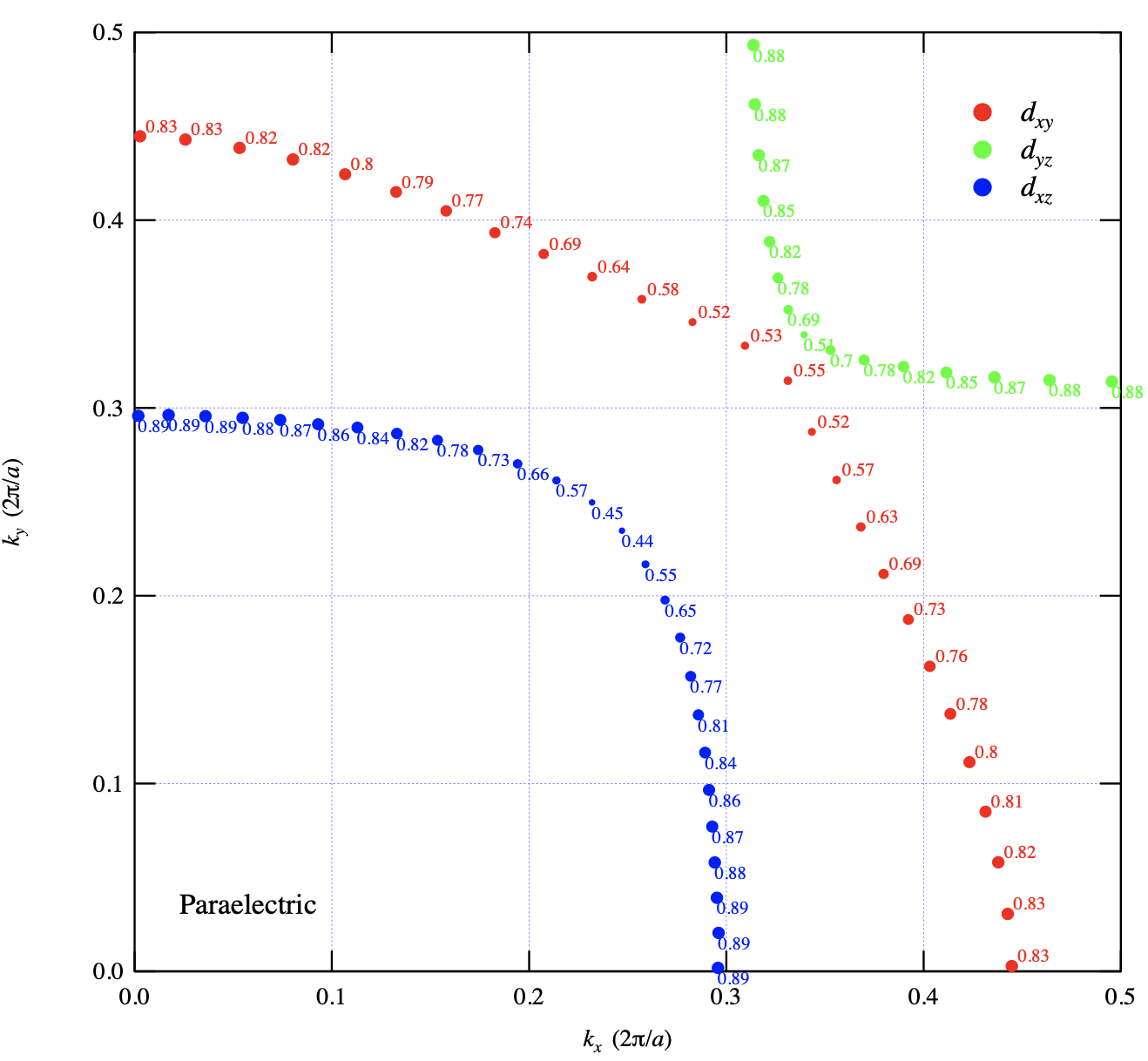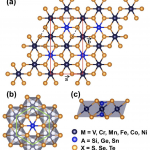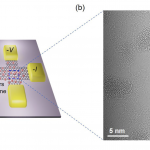Minseong Lee, Hyun-Jae Lee, Jun Hee Lee, and Suk Bum Chung
Physical Review Materials 4, 034202(March 2020)
Abstract
At its boundaries and vortices, a topological superconductor features Majorana fermions, which are potentially applicable for topological quantum computations. The scarcity of the known experimentally verified physical systems with topological superconductivity, time-reversal invariant ones in particular, is giving rise to a strong demand for identifying new candidate materials. In this research, we study a heterostructure consisting of a transition-metal-oxide two-dimensional electron gas (2DEG) sandwiched by insulators near the paraelectric/ferroelectric (PE/FE) phase transition. Its relevant characteristics are the combination of the transition-metal spin-orbit coupling and the soft odd-parity phonons arising from the ferroelectric fluctuation; it gives rise to the fluctuating Rashba effect, which can mediate the pairing interaction for time-reversal invariant topological superconductivity. As the PE/FE phase transition can be driven by applying strain on the heterostructure, this system provides a tunable electron-phonon coupling. Through the first-principle calculations on the (001) [BaOsO3][BaTiO3]4, we find such electron-phonon coupling to be strong over a wide range of applied tensile biaxial strain in the monolayer BaOsO3 sandwiched between the (001) BaTiO3, hence qualifying it as a good candidate material. Furthermore, the stability of topological superconductivity in this material is enhanced by its orbital physics that gives rise to the anisotropic dispersion.


